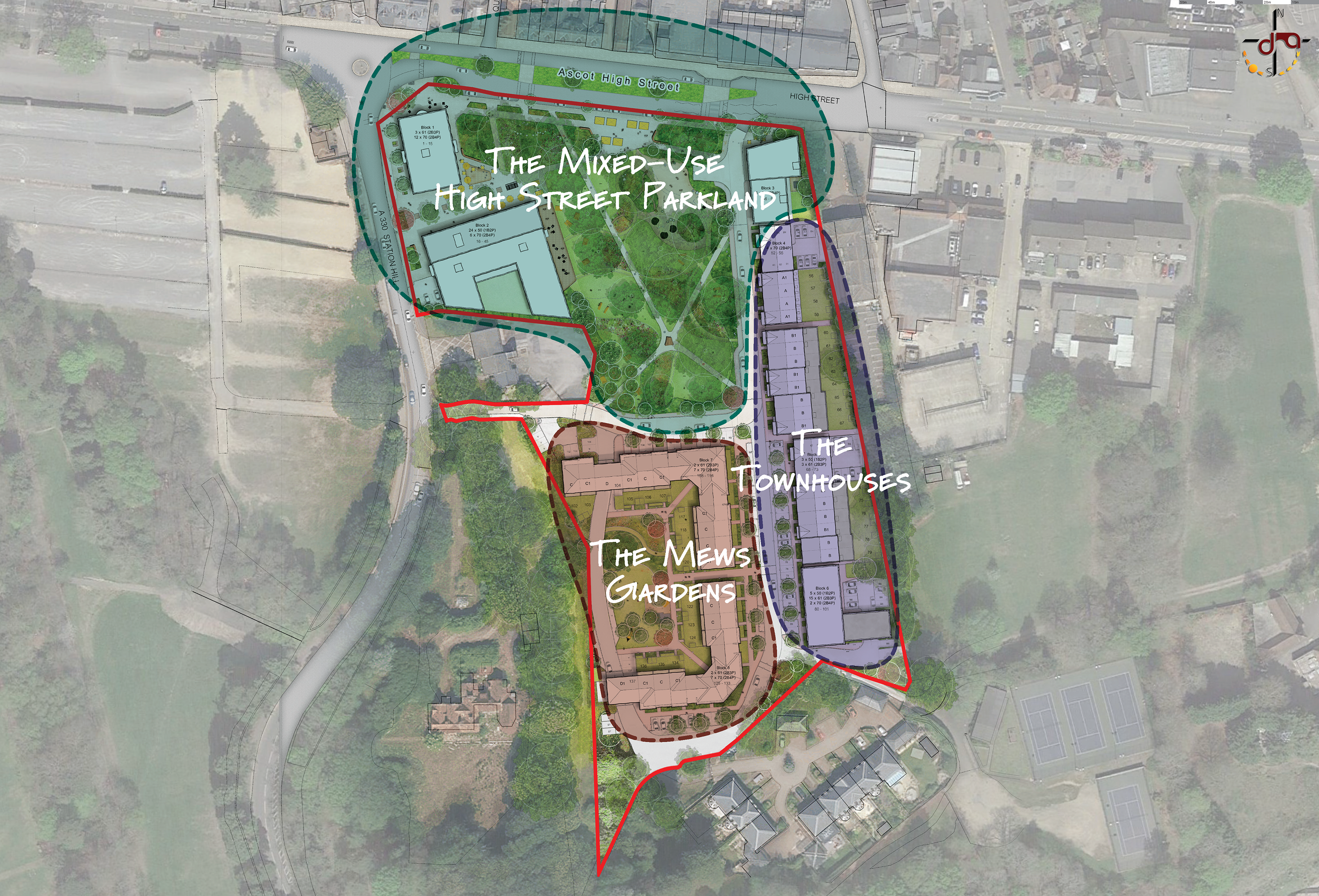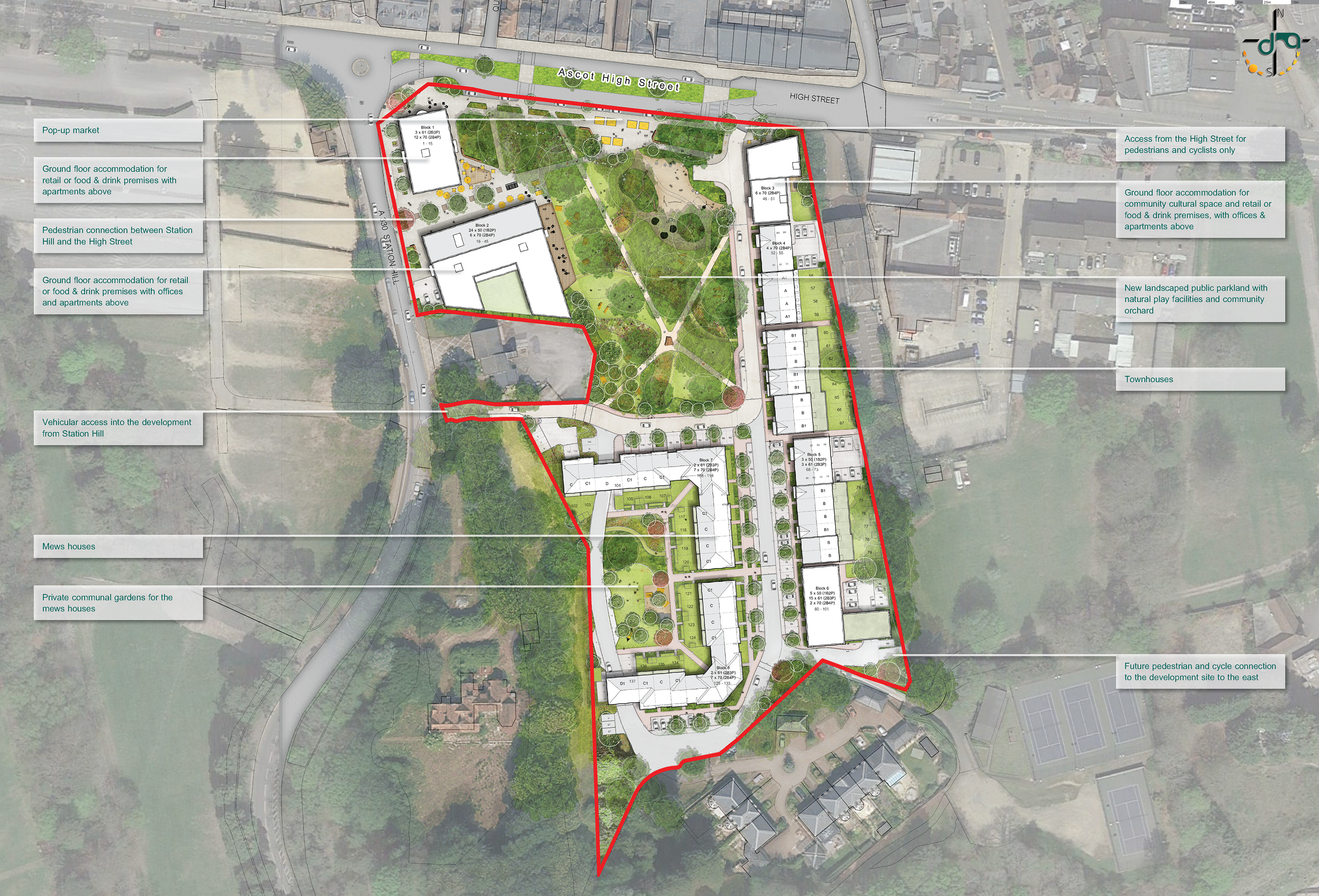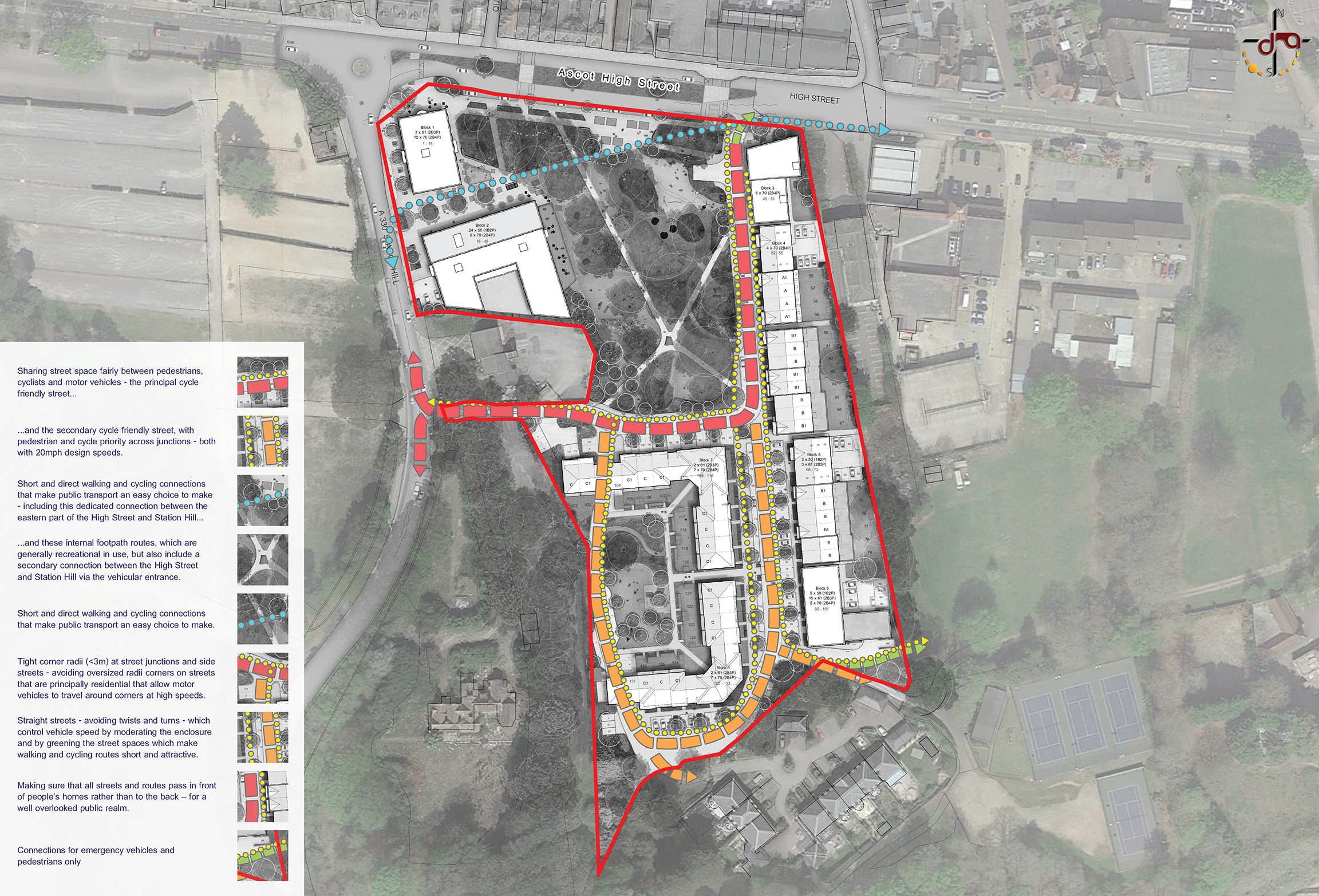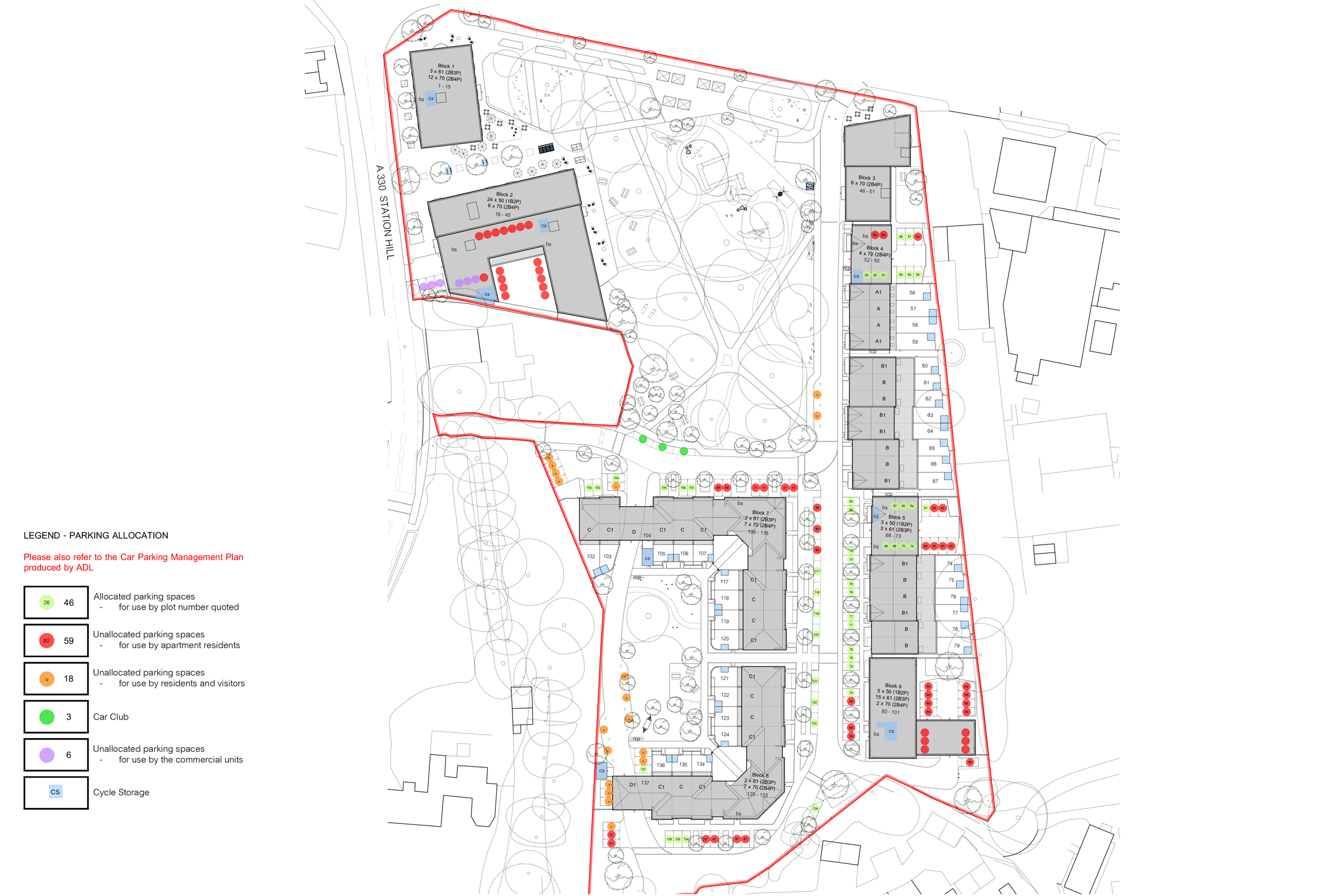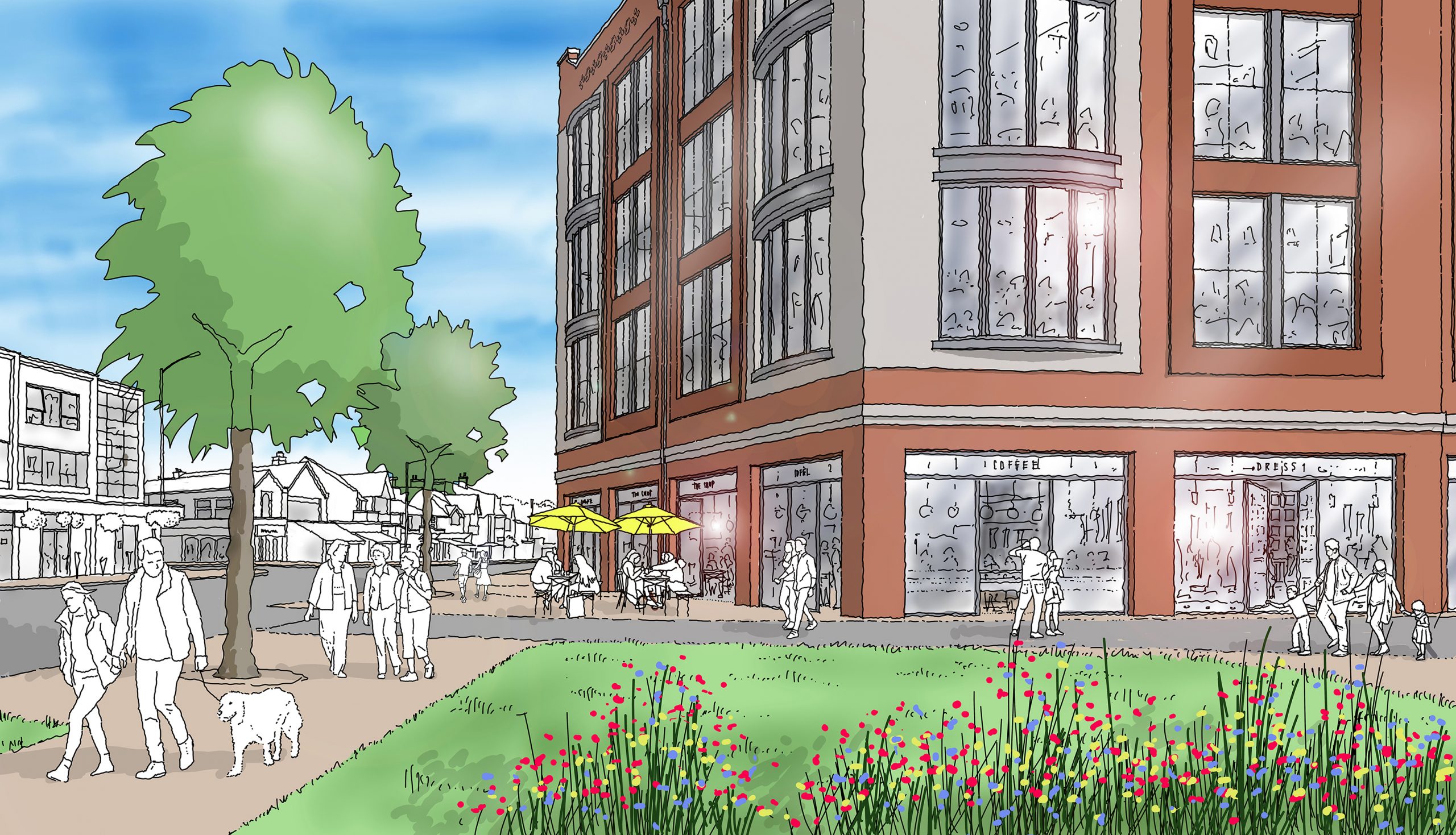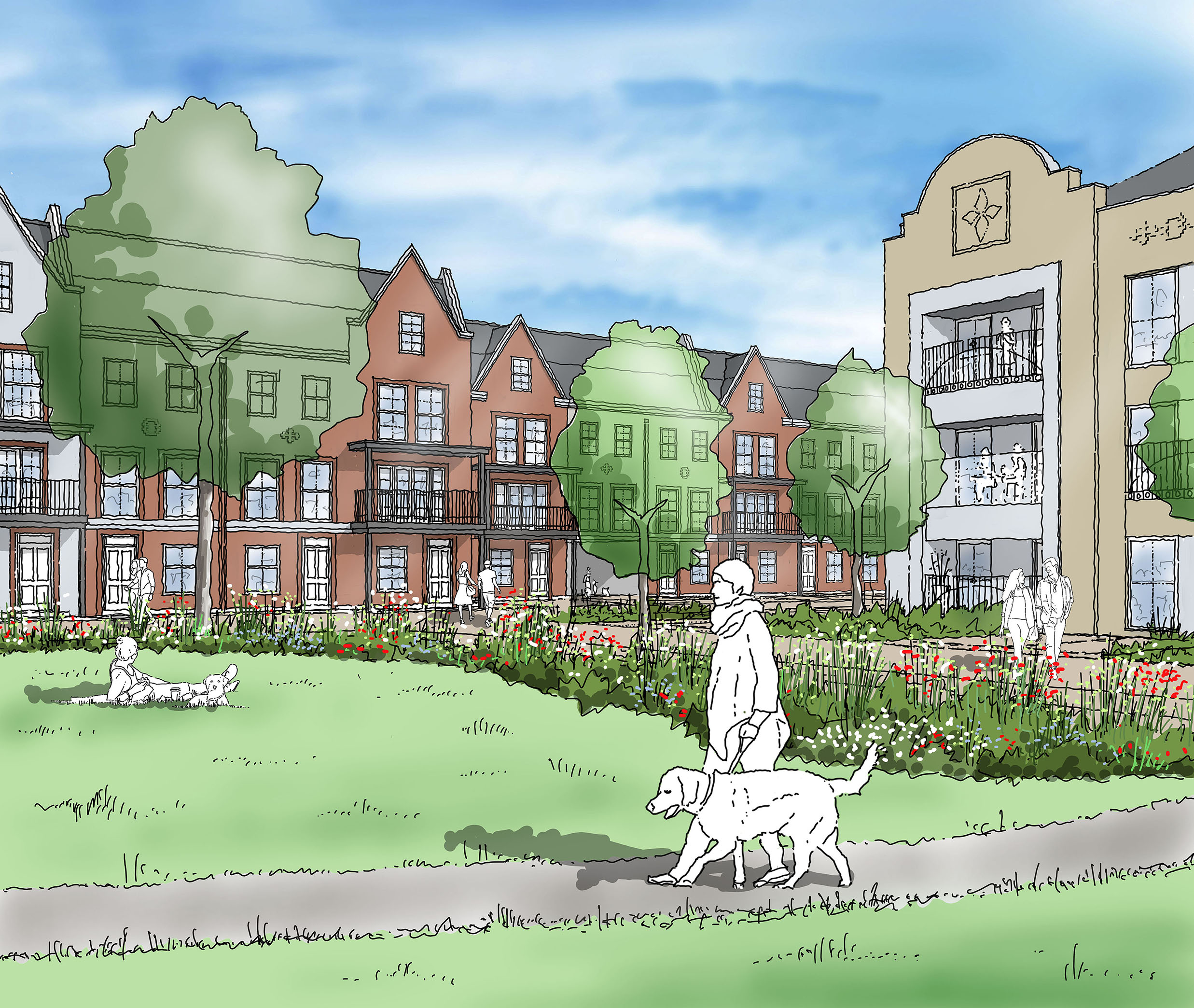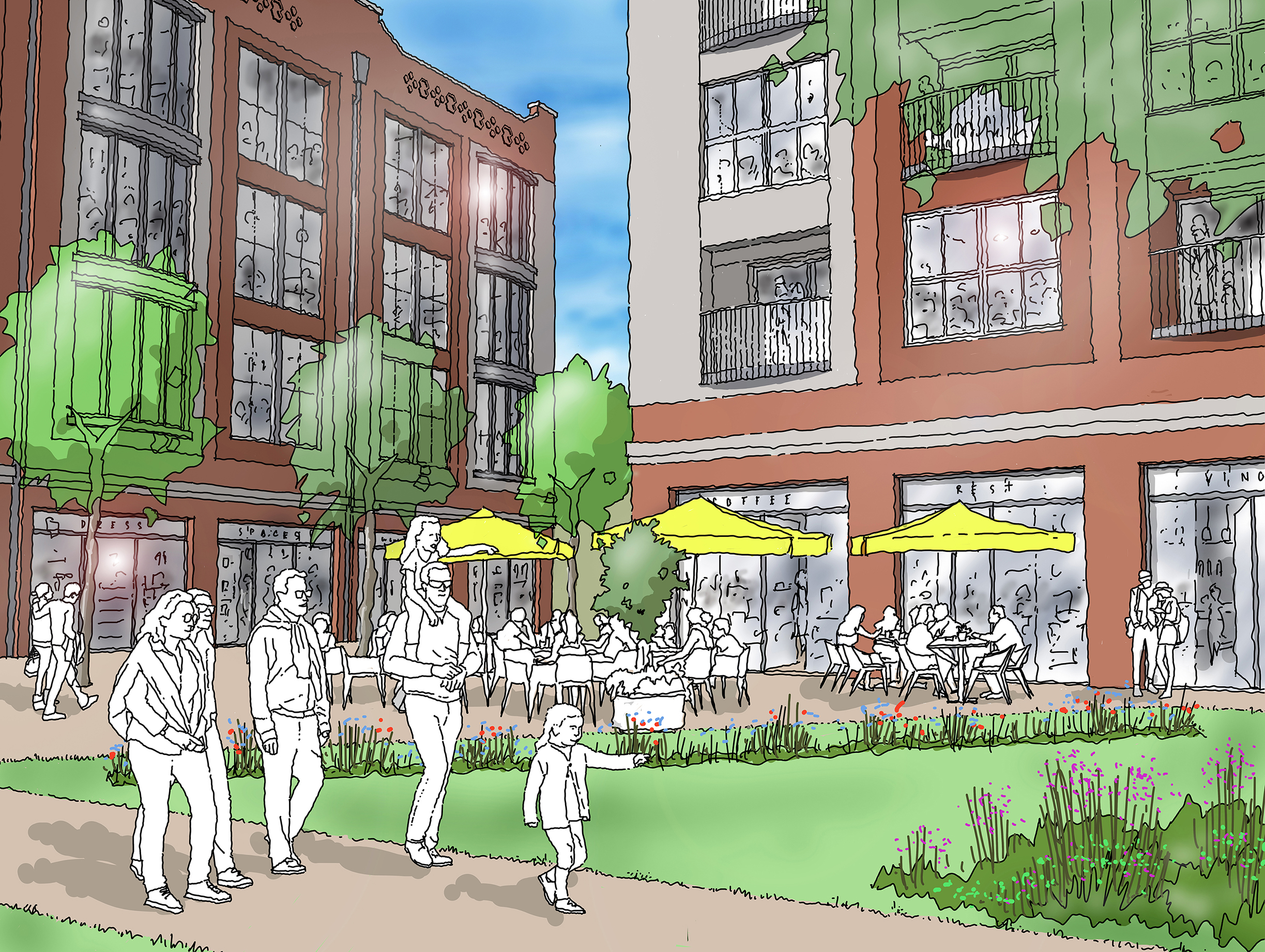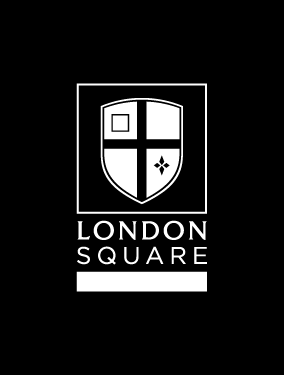Update Following Consultation – June 2022
Thank you to those who provided feedback as part of the public consultation undertaken during May. We had over 1,000 responses which the team have reviewed in detail.
Some respondents asked to see more detail, particularly in relation to car parking, access and architectural detail. To assist we have added some additional plans which you can view below (click on the plan and it will enlarge). We have also provided a written response to some common questions below.
VIEW FROM HIGH STREET ILLUSTRATING NEW HOMES
NEW HOMES
VIEW FROM HIGH STREET ILLUSTRATING NEW HOMES
TERRACE STREET SCENE
ASCOT HIGH STREET STREET SCENE
The team have also prepared responses to key questions/ themes raised:
Key Theme
What about social infrastructure (GPs, schools) ?
The Team’s Response
Any development works in the area are required to contribute to Section 106 and Community Infrastructure Level (CIL) payments. These payments are designed to offset any impact on the local area, through financial contributions to infrastructure improvements. These will be agreed with and paid to the Council, who will decide how this money is spent.
Key Theme
How much car parking will there be and how will you deal with Traffic Congestion?
The Team’s Response
The proposed scheme provides for additional parking under the main commercial building, this will supplement the existing on street parking and facilities currently underutilised in the multi storey car park adjacent the site.
We have provided a car parking plan, which you can view above.
There will be a Car Park Management plan to deal with the race days, developed in conjunction with the racecourse.
The new homes will have allocated car parking spaces and dedicated cycle storage. We are working with planning officers on the level of parking for the homes. The proposed level of car parking strikes a balance between the council’s standards and predicted car ownership.
3 x car club spaces are proposed which are shown to reduce car ownership locally by 18.5 cars per car club bay.
The vehicular trip generation of each element of the site has been discussed with the highway authority through the pre-application process. The junction modelling shows the development would not make the existing situation any worse.
The current access from the High Street (via the white gates) will be for pedestrians and cyclists and closed off to vehicles, with the exception of emergency vehicle access.
The vehicular access via Station Hill will be retained for residents.
Our proposals allow for increased cycle and walking through the site – to the station etc.
Key Theme
There isn’t a need for new housing
The Team’s Response
Section 5 of the National Planning Policy Framework (NPPF) – Delivering a sufficient supply of homes, identifies that significantly boosting the supply of housing is a Government Objective and it is important to ensure that a sufficient amount and variety of land can come forward without delay.
The Borough has an identified housing need and this site is important in helping to meet that local need.
The number of new homes proposed is felt appropriate for the site and meets the housing need expectations of the Borough.
The site presents an important part of the High Street, located close to the main commercial enterprises along the High Street and leading towards the Racecourse.
It is therefore important that the type of development and mix of uses is reflective of this character. As such, mixed use buildings, providing flatted development in the upper storeys, are proposed towards the northern part of the site to create the vibrancy needed in this location. In addition, with any development incorporating mixed use buildings, there will be a higher proportion of flats which will increase the overall quantum of development on the Site.
These lend themselves to, and indeed require, a higher density than the remainder of the site which is more domestic in scale set within the natural parkland setting of the site.
Key Theme
The importance of green open space, trees and wildlife
The Team’s Response
Retaining the green and leafy nature of the area is core to the approach. Our consultants have carried out a significant and detailed assessment of trees on the site to inform the design process and demonstrate this commitment.
We have kept the trees and landscaping at the heart of the scheme – building on the previous work undertaken through the Neighbourhood Plan and development brief work.
Total trees on site currently numbers around 115. We plan to increase this to around 160.
Some tree removal is unavoidable, but it has been considered in full with the benefit of agreement with the Council’s appointed tree expert. When complete, the existing trees will still comprise 17% of the overall site area. This will be reinforced by additional planting of new trees.
Losses focus on trees shown to be of low quality, diminished outlook and reduced compatibility with the proposed and existing site.
Decades of use for car parking and car boot events have hampered the health and vitality of the existing trees, particularly the mature trees. The proposals include measures to improve the root environment and benefit good vitality in the trees. Felled trees will be reused on site as play equipment.
It is also important to note that:
- We will also offset this with new tree planting, enhancement of some of the existing trees and better accessibility for the whole community to the open space.
- The improved accessibility will include providing connections to nature through trails, habitat discovery and bug hotels.
- There will also be a community orchard and space for outdoor workshops.
30% of the site will be public open space. Planning policy requires 22% of the site is retained as public open space but we are going beyond that because we believe it is so important to the success of the proposal.

